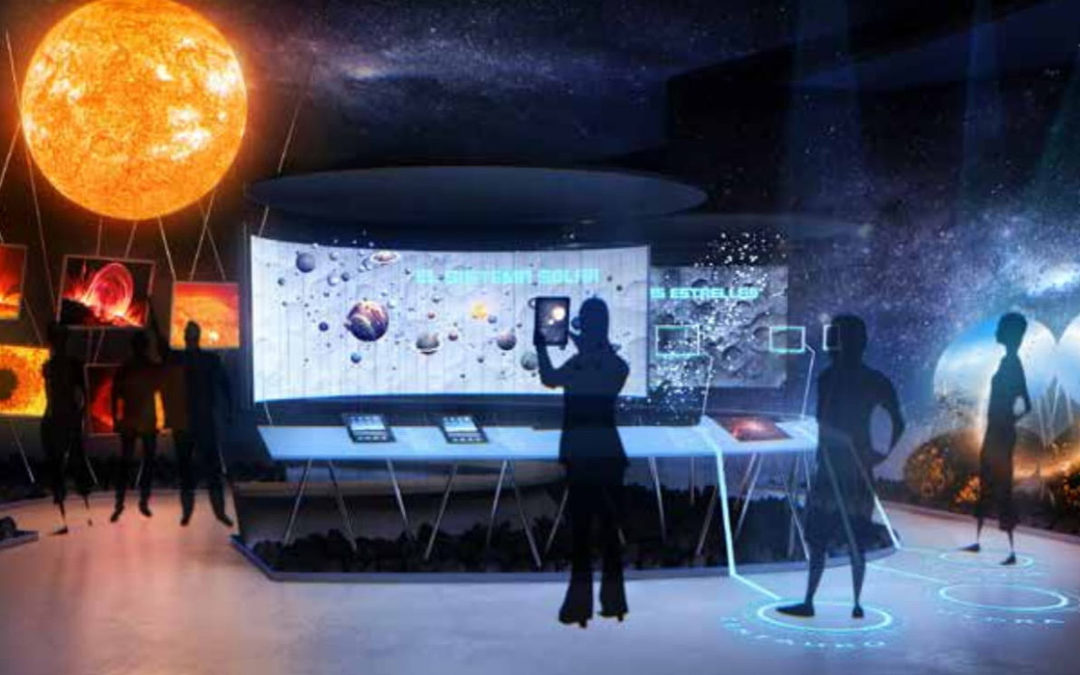Over the past few months, we have been involved in a huge science communication project. A new visitors centre was built at the worldwide-known Roque de los Muchachos Observatory and we have been developing all its science-and-technology-related content.
About the visitors’ centre
The Roque de los Muchachos Observatory (ORM) is one of the greatest professional astronomical observatories in the world and it’s located at the Caldera de Taburiente UNESCO-protected natural national park. It is, therefore, no surprise that thousands of tourists and locals visit it every year. As a response to this pleasant situation, the Cabildo de la Palma decided to begin a huge science communication project by building a visitor’s centre at the observatory. The centre, which will actually be a hybrid between a visitors’ centre and a science museum, will serve as a bridge between the engineers and astrophysics community of the ORM and the general public. It will be a fresh looking modern space to learn about astronomy and cosmology and discover the ORM telescopes and history in a friendly casual scenario.
About our job in this project
As professional educators, engineers, astrophysics and science communicators, our job at Space Robotics was to develop the science-and-technology-related content of the museum. Our knowledge about physics was tested as we elaborated the content for modules with varied themes that ranged from light interactions and particle physics to stellar evolution and cosmology and our communication abilities were challenged while trying to expose these topics to the general public in a friendly manner. Just as we always do, we suggested to use the newest technology at our disposal to ease knowledge transmission, and thus, once completed, at the centre you may find tablets, projections, holograms, various types of augmented reality and virtual reality visors, digital and actual science experiments and many other interactive modules that will turn your visit into a unique joyful experience. However, you will have to wait for a few months, because even if our documentation work is done, all the material still has to be produced and placed; and who knows, we may be involved in the technology devices programming and supplying too.
On the ORM
Ground-based astronomy has to deal with Earth’s atmosphere been placed right between the astronomical object to be observed and the telescope that it’s been used to observe it. Unless you are an astronomer, the air rarely bothers you; actually, you kind of thank that it is somewhere around so that you may breathe; but for astronomers, the air is a real hassle. Air unavoidable turbulences blur all astronomical images taken with ground-based telescopes making close-by objects merge into one and small features almost indistinguishable, air’s light scattering and light emissions in certain wavelengths often outshine the astronomical object itself, and moreover, the air drags dust and humidity that may damage the telescope and clouds that would prevent any observation to take place. For all these reasons, most locations around the globe are not suitable for hosting professional astronomical observatories and only high-altitude light-pollution-free spots with exceptionably stable atmospheric conditions are chosen for this purpose. Together with Hawaiian volcanoes’ tops and the Atacama Desert in Chile, el Roque de los Muchachos is one of the few places that satisfy these conditions and are suitable for the most demanding astronomical activities. For this reason, lots of renown institutions around the world host their telescopes at the Roque de los Muchachos Observatory (ORM). Over the years, the IAC (Canary Islands Astrophysics Institute), that runs this observatory, and the ORM itself, have gained a well-earned high status in the astrophysics community trough restless providing researchers with exceptional quality observations for their studies; and nowadays, they are both worldwide-known for respectively operating and hosting the biggest optical telescope in the world, the huge 10.4-meters-wide GTC (Gran Telescopio Canarias). Now, the ORM will have a brand new visitors centre for everyone to learn about its wonders and at Space Robotics we couldn’t be prouder to have been a part of this project to bring astronomy and the ORM closer to the society.
Bottom Image © IAC
Cover Image and other recreations of the visitors’ centre inside © Cabildo de la Palma



